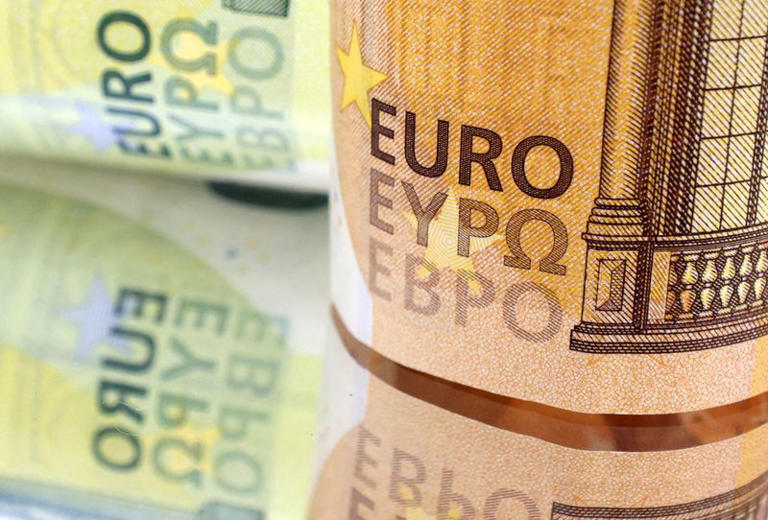On Thursday, the euro appeared poised for a significant rebound, driven by shifting expectations for the European Central Bank (ECB) and easing concerns surrounding French political instability. This recovery is notable given the euro’s recent struggles and the broader context of global financial dynamics.
The euro’s upward trajectory can be traced back to the ECB’s recent cautious stance on monetary policy. Following a notable rate cut in June—from 4% to 3.75%—the ECB has signaled a measured approach towards future rate adjustments. ECB President Christine Lagarde’s comments reinforced this, emphasizing that the bank is not bound to a specific rate trajectory. This stance reflects the ECB’s sensitivity to evolving economic conditions and its intention to navigate carefully through uncertain times.
This cautious approach by the ECB contrasts sharply with the expectations surrounding the U.S. Federal Reserve. On Monday, Federal Reserve Chairman Jerome Powell indicated increased confidence that inflation in the U.S. has moderated, which has provided temporary support for the euro. As a result, the euro has appreciated by over 2% against the dollar this month, recovering from a 1% decline in June. The currency was trading around $1.093 on Thursday, experiencing a slight dip but still on track for its largest monthly gain since November.
The euro’s resurgence is partly attributed to the fading impact of political uncertainties in France. In June, the eurozone faced significant turbulence as French President Emmanuel Macron’s snap parliamentary election generated political instability and heightened concerns about France’s budget deficit. These issues raised fears of a potential eurozone sovereign debt crisis, pulling the common currency project to the brink. However, these fears have receded, with the yield spread between French 10-year bonds and German bonds narrowing to about 65 basis points. This is a significant improvement from the 85 basis points surge in June, which had marked a 14-year high.
Bill Papadakis, a macro strategist at Lombard Odier, attributed the euro’s recovery to the abatement of extreme political risks in France and market expectations of imminent rate cuts by the Federal Reserve. “Markets are convinced the Fed will be cutting rates soon, and we’ve started to see softness for the dollar against most currencies,” he noted. Despite the overall positive trend, the euro has faced challenges against the Swiss franc and the British pound this month. Moreover, potential future political scenarios, such as a possible victory for Donald Trump in the upcoming U.S. presidential election, could pose additional risks. Trump’s proposed import tariffs could negatively impact the eurozone economy, increase U.S. inflation, and potentially strengthen the dollar.
Amelie Derambure, a multi-asset portfolio manager at Amundi, highlighted that while the eurozone-to-U.S. interest rate differential is expected to narrow—leading to some depreciation of the dollar—the anticipation of a Trump victory could limit the euro’s depreciation until the election. This underscores the complex interplay of domestic and international factors affecting the euro’s performance.
The financial markets are currently pricing in more than two rate cuts from the Federal Reserve by the end of the year, compared to just under two rate cuts anticipated for the ECB. The dollar, which had maintained a strong position for much of the past year, is now experiencing a decline in support as interest rate expectations shift. The dollar index, which measures the dollar against major peers, is down 2% so far in July.
Despite these positive developments, Konstantin Veit, a portfolio manager at PIMCO, suggests that significant movements in the euro against the dollar may be limited in the near term. He points out that the ECB policymakers are unlikely to rush into aggressive rate changes, indicating a more measured approach.
Overall, the euro’s recent performance reflects a nuanced response to a range of economic and geopolitical factors. As the ECB navigates its monetary policy and global economic conditions evolve, the euro’s trajectory will likely continue to be influenced by both domestic policy decisions and international developments.
